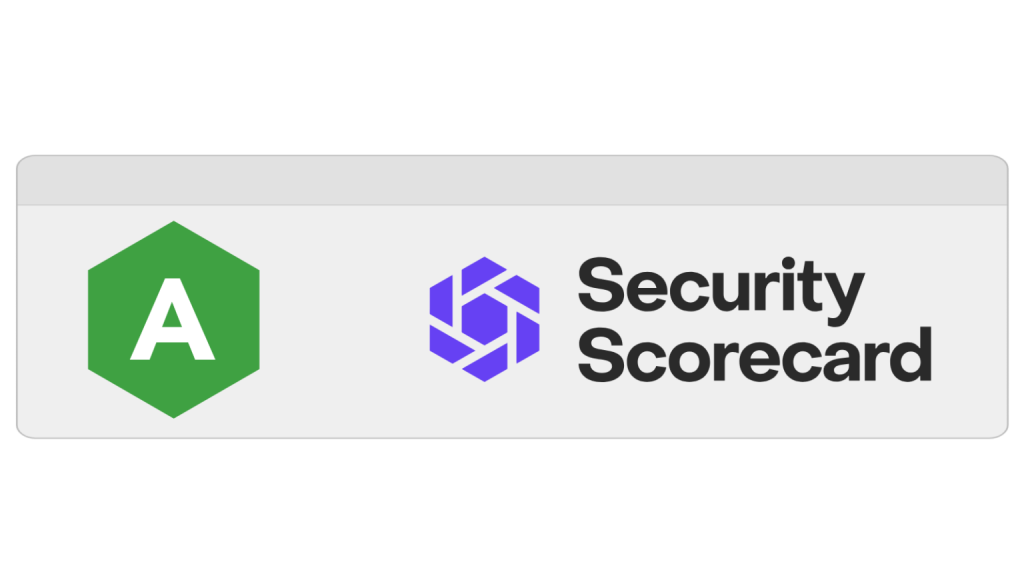
In today’s interconnected world, businesses face a constant threat from cyber-attacks. To mitigate these risks, many organizations are turning to cybersecurity rating services like SecurityScorecard and BitSight. These services provide an independent assessment of a company’s security posture. This helps them understand their vulnerabilities and take proactive measures to protect their assets.
Cybersecurity rating services use a range of data points to evaluate a company’s security posture. These include information about the company’s network security, DNS health, patching cadence, IP reputation, application security, and more. By analyzing these factors, these services can generate a security rating that reflects the overall security maturity of the organization.
One of the key benefits is getting an external perspective on a company’s security posture. This is a useful starting point for organizations that lack the internal resources or expertise to conduct a comprehensive security assessment. By leveraging the insights provided by these services, organizations can identify areas of weakness and prioritize their security efforts accordingly.
Cybersecurity rating services are a part of a larger cybersecurity strategy. There are several frameworks to help guide businesses security plans. A well-known approach from the HIPAA Security Rule included Administrative, Physical and Technical security controls. The AME Group adopted a model called Continuous Threat Exposure Management (CTEM). Gartner introduced the CTEM process. CTEM aims to consistently monitor, evaluate, and mitigate security risks through strategic improvement plans and actionable security posture remediation. View The AME Group’s Trust Center.
Additionally, these ratings can also be used as a benchmarking tool. By comparing their security rating to that of their peers or industry standards, organizations can gain a better understanding of where they stand in terms of security maturity. This can help them set realistic goals for improving their security posture over time.
However, it’s important to note that these ratings are not without their limitations. Since they rely on external data sources, there is a risk of inaccuracies or incomplete information. Additionally, the criteria used to calculate these ratings may not always align with the specific security needs of a particular organization.
In conclusion, while cybersecurity rating services like SecurityScorecard and BitSight can be a valuable tool for assessing and improving a company’s security posture, they should be used as part of a broader security strategy. By combining these ratings with internal assessments and best practices, organizations can enhance their overall security posture and better protect themselves from cyber threats.
619 Main St
Vincennes, IN 47591
812.726.4500